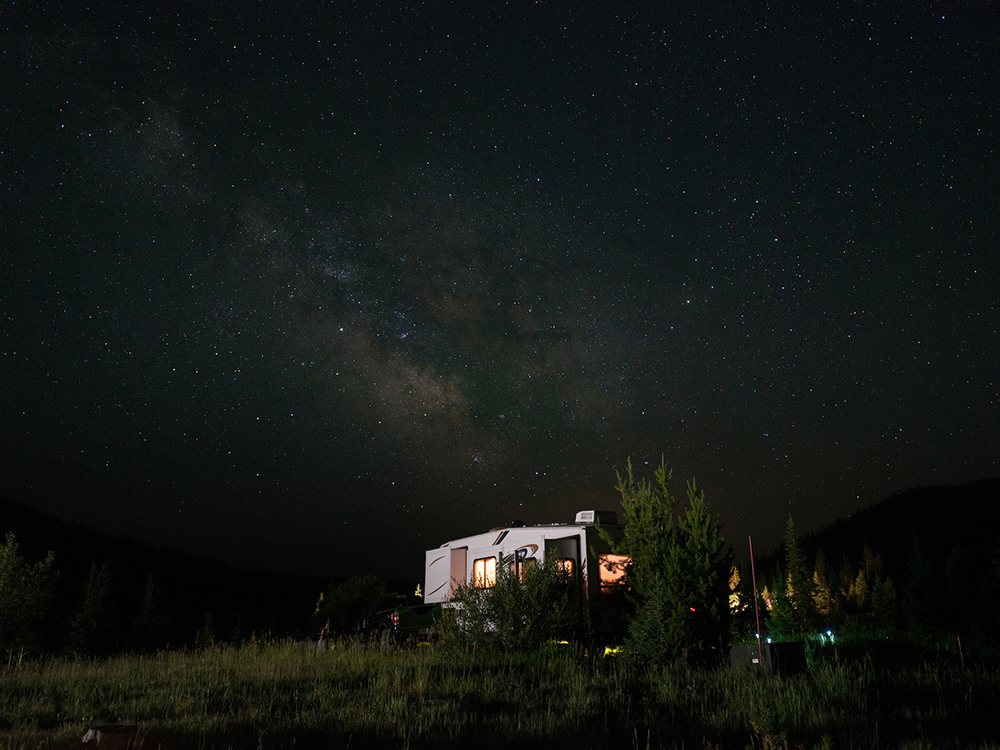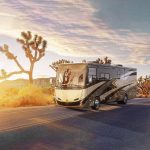With so many campground locations, it’s easy to find a tranquil spot to get back to basics and revisit the simplicity of nature. Once you set up camp, you’ll soon realize that birdcalls, meandering trails and lazy afternoons are welcome distractions from everyday life. Read on and discover strategies to picking the perfect campsite in Colorado.
There are thousands of campsites in Colorado’s state park and public land systems and hundreds more private sites. You simply need to find the part of the state you want to visit, choose a site with the amenities you need and make a reservation.
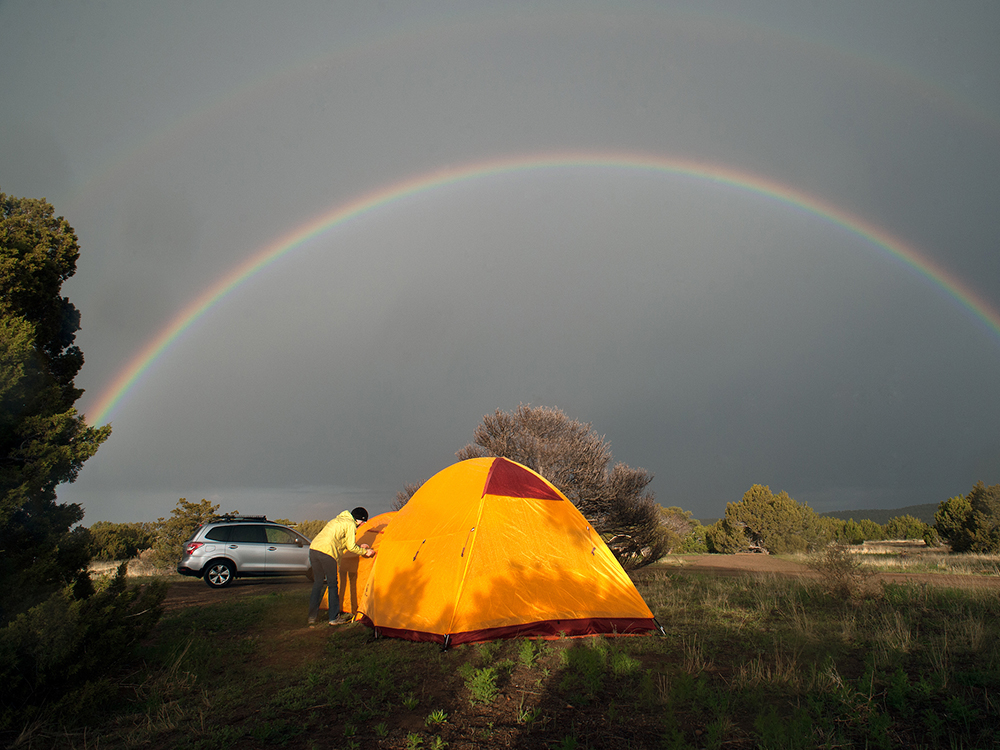
Colorado State Parks
Colorado State Parks Camping
Forty-two parks with amenities all over the state are administered by Colorado Parks & Wildlife. The system boasts more than 4,000 campsites. Amenities at many parks include visitor centers, reservoirs, restrooms, full electrical hookups and shower facilities. Some even have laundry facilities and playgrounds. Yurts and cabins available for rent offer comfortable, year-round alternatives to traditional camping.
Federal Lands
The US Forest Service manages 14 million acres of land in the state’s 11 National Forests and two National Grasslands, while the Bureau of Land Management oversees an additional 8.4 million acres. Both agencies have campsites that range from developed areas with restrooms, fire rings, water and other amenities to remote areas, with no amenities, that are reached only by horse, mountain bike or backpacking. Reservations can be made at recreation.gov.
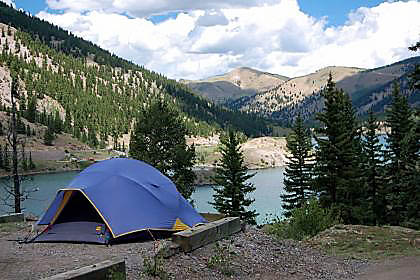
Colorado State Parks.
Private Campgrounds
There are many privately owned campsites in Colorado, and they often have perks you may not find on public lands, including playgrounds, hot tubs, laundry facilities and Wi-fi. COLORADO.com campgrounds listings, and the Colorado Campground and Lodging Owners Association (https://campcolorado.com/) are just a few places to make reservations and locate campgrounds.
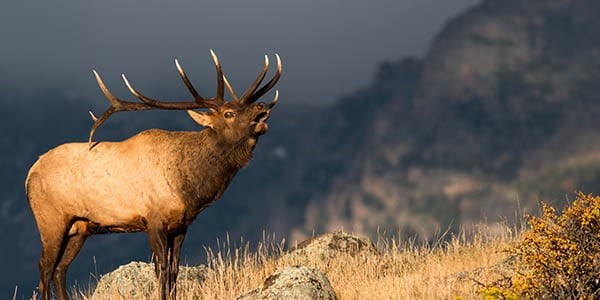
Colorado State Parks
WHAT YOU NEED TO KNOW
- The weather can change quickly, even in the summer months. To stay comfortable, it’s best to wear layered clothing.
- Depending on location, you may be required to purchase a pass or permit. Plan ahead by reviewing the websites listed above and the information posted at campgroun`d entrances.
- Be aware of your location and obey all posted signs and notices at campgrounds and trail entrances. If venturing onto private property, be sure to first get the owner’s permission.
- Remember the golden rule of camping: Leave no trace. Visit lnt.org (lnt.org) for tips on how to ensure your outdoor adventure keeps the land protected for generations to come.
PACKING ESSENTIALS
- Tent with a rain cover
- Down sleeping bag (even in summer, it can get below freezing in Colorado’s higher altitudes)
- Pillow and sleeping pad (keeps you warmer than just sleepin’ on the ground)
- Camp stove and/or matches to use at your campsite’s fire pit
- Plenty of drinking water and food
- Can opener, aluminum foil, paper plates, cups/mugs, utensils, multipurpose knife, trash bags, paper towels
- Layers of clothing, including water-resistant coat, wool socks and long underwear
- Flashlights/headlamps/lanterns
- Sunscreen, bug spray, first-aid kit, toilet paper

